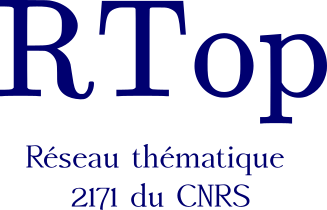The talks will be at "Sala Europa" (Monday and tuesday), the "Auditorium" (Wednesday), and "Sala García Matos" (Thursday and Friday).
On Wednesday, from 18:00 to 20:00, there will be a tourist visit of Cáceres. Starting point: Town Hall (Plaza mayor).
Then we will have the conference dinner, at 20:30, at the restaurant Mirador de Galarza (Calle Piedad, 2).
Click on the name of a speaker to see their title and abstract, or see all abstracts.
| Monday | Tuesday | Wednesday | Thursday | Friday | |
|---|---|---|---|---|---|
| 9:00 – 9:50 | ANTOLÍN | LEVITT | SOERGEL | BAUMEISTER | |
| 9:50 – 10:40 | Reception | CALVEZ | ARTAL | VARGHESE | GAVAZZI |
| 10:40 – 11:40 | REES | Coffee | Coffee | Coffee | Coffee |
| 11:40 – 12:30 | Coffee | ARCÍS | CHARNEY | CISNEROS | McCAMMOND |
| 12:30 – 13:20 | SOROKO | WAGNER | ORGANIZERS | HAETTEL | |
| 13:20 – 15:30 | Lunch | Lunch | Lunch | Lunch | |
| 15:30 – 16:20 | WIEST | BELLINGERI | GODELLE | ||
| 16:20 – 17:10 | GONZÁLEZ-MENESES | CUMPLIDO | GOBET |
Title: Even Artin Groups of FC-Type
Abstract: I will review some recent results with I. Foniqi about the interesection of Parabolic Subgroups in Even Artin Groups of FC-Type and about the strongest forms of the Tits alternative for certain finite index subgroups.
Title: Ramified and tied–like structures from semilattice partitions.
Abstract: In this talk, I will present a class of algebraic structures arising from partially ordered sets with a semilattice structure, focusing on the poset of set partitions. In particular, I will introduce ramified partition monoids, which extend the classical partition monoid by incorporating additional structure related to refinement. These ramified and tied–like structures can be represented diagrammatically, generalizing familiar objects involving braids and ties. While initially motivated by diagram algebras, such constructions have also appeared in contexts related to polynomial invariants of knots. My aim is to highlight their combinatorial and algebraic features, as well as the role of the underlying semilattice in their definition and operations.
Title: Topology of line arrangements, braids and symmetries.
Abstract: Orlik and Solomon proved that the cohomology ring of the complement of a complex hyperplane arrangement is completely determined by its combinatorics. One can ask which topological properties of an arrangement are determined by the combinatorics. Rybnikov proved that it is not the case for the fundamental group. In the case of line arrangements, the homotopy type is completely determined by the so-called braid monodromy, applying more general results of Libgober; in the particular case of complexified real arrangements, Salvetti showed that real picture completely determines its topology. We discuss in this talk about the braid monodromy of some arrangements which have many symmetries, and we relate them with the Galois group of the smallest field where the lines of the arrangements admit equations.
Title: A combinatorial description of hereditary categories.
Abstract:
In the talk I will focus on the poset of non-crossing partitions that describe the poset of thick subcategories, which are generated by an exceptional sequence, of a hereditary abelian ext-finite category over an arbitrary field.
I will give an idea how this description can be established, and I will
also explain why extended Coxeter groups, which were first studied by van der Lek (and some of them later by Saito and by Saito and Takebayashi), appear in that context.
Title: Virtual braids and beyond.
Abstract:
Virtual braids are the "braid" counterpart of virtual knots and links. In the study of these groups all along the years several diagrammatic and topological approaches have been proposed.
In this talk I will present a journey in 3 steps (3 papers) that Luis, me and other coauthors we undertook for proposing new algebraic tools to study these groups, their combinatorics and their relations with Artin groups and how we finally understood that they can be seen as representatives of a much bigger family that we called virtual Artin groups.
Title: Acylindrical hyperbolicity of Artin-Tits groups of euclidean type.
Abstract:
Attached to any finite type Garside group, there is a hyperbolic graph called the "additional length graph" which we introduced with Wiest. We then constructed elements of the group which act loxodromically and WPD (Weakly Properly Discontinuously) on this graph ; this yielded the acylindrical hyperbolicity of central quotients of finite type Artin groups.
I shall outline an analogous construction for McCammond's "crystallographic Garside groups" associated to Artin groups of euclidean type.
Title: Connecting conjectures about parabolic subgroups of Artin groups.
Abstract: Motivated by the question of which infinite-type Artin groups are acylindrically hyperbolic, we study a variety of conjectures about parabolic subgroups of Artin groups. We draw some new connections between these conjectures and use this to obtain new classes of acylindrically hyperbolic Artin groups. This is joint work with Alexandre Martin and Rose Morris-Wright.
Title: Algebraic Retractions of FC-Type Artin-Tits Groups to Their Parabolic Subgroups.
Abstract:
An algebraic retraction is a group homomorphism from a group onto a subgroup that restricts to the identity on the subgroup. A well-known example exists for even Artin groups, where such retractions map onto their standard parabolic subgroups. Antolín and Foniqi employed this structure in the context of even FC-type Artin groups to derive several results, including that the intersection of parabolic subgroups remains parabolic.
In this talk, we extend their results to FC-type Artin-Tits groups with odd labels. Specifically, we characterize the FC-type Artin-Tits groups that admit algebraic retractions onto their standard parabolic subgroups. Moreover, we prove that if a group admits algebraic retractions onto its standard parabolic subgroups, then it also admits a unique retraction onto any of its parabolic subgroups. We conclude with applications of these retractions.
This is joint work with María Cumplido and Islam Foniqi.
Title: The Normalizer of Parabolic Subgroups in Even Artin Groups.
Abstract: Given an Artin group with standard generating set \( S \), a standard parabolic subgroup \( A_X \) is defined as the subgroup generated by a subset \( X \subseteq S \). In 1997, Luis Paris described the normalizer of such a subgroup in irreducible spherical Artin groups as the product of \( A_X \) and certain elements known as ribbons. In the 2000s, Eddy Godelle extended this result to all FC-type Artin groups and to 2-dimensional cases. More recently, some Euclidean cases have been addressed by Thomas Haettel. In this talk, we will describe how to determine the normalizer of parabolic subgroups in even Artin groups using a novel rewriting approach. This method, developed in collaboration with Rose Morris-Wright, Rubén Blasco, Sarah Rees, and Derek Holt, has not previously been applied to this problem.
Title: On decomposability of Artin and virtual Artin groups.
Abstract:
A group is said to be decomposable if it can be expressed as a direct product of two proper subgroups, and indecomposable otherwise. For example, braid groups are indecomposable, whereas some dihedral groups are not. Irreducible Artin groups of spherical type are known to be indecomposable, but for general irreducible Artin groups, indecomposability remains a conjecture.
In this talk, we study this property in the context of virtual Artin groups, a recent generalization of Artin groups introduced by Bellingeri, Paris, and Thiel. More precisely, we show that irreducible virtual Artin groups are always indecomposable. As a consequence, we demonstrate that understanding the automorphism group of a (reducible) virtual Artin group reduces to analyzing the automorphism groups of its irreducible components.
Title: Interval groups arising from involutions in finite Coxeter groups.
Abstract: We study analogues of dual Artin groups obtained by replacing the Coxeter element by an involution in a finite Coxeter group. This gives rise to Garside groups in many cases, but the obtained groups are quite different from Artin groups attached to finite irreducible Coxeter groups. For instance, they turn out to be decomposable. This is joint work with E. Chavli.
Title: Trickle groups.
Abstract: I present a new family of groups, called trickle groups, introduced in a common work with P. Bellingeri and Luis. These groups generalize right-angled Artin and Coxeter groups, as well as cactus groups. Other examples of trickle groups, are certain finite-index subgroups of virtual cactus groups, Thompson group \(F\), and ordered quandle groups. The associated presentations possess a confluent rewriting system, enabling the definition of normal forms and a solution to the word problem. If only relations of the form \(xy = zx\) are retained in the definition of a trickle group, then the resulting group is a preGarside group, a torsion-free group, and a Garside group if and only if its associated trickle graph is finite and complete.
Title: Group-theoretical computation of canonical reduction systems.
Abstract: Joint work with María Cumplido and Davide Perego. Recently, some geometric and topological objects, procedures and properties of braid groups are being translated to algebraic terms, so that they can be generalized to other Artin groups of spherical type. One important example is the complex of curves, which can be described as a complex of irreducible parabolic subgroups. The canonical reduction system of a braid is a distinguished set of curves, invariant under the action of the braid, along which one performs Thurston's decomposition. We give a group-theoretical algorithm to compute this set of curves, using the Garside structure of braid groups.
Title: Nonpositively curved simplicial complexes and the \(K(\pi,1)\) conjecture.
Abstract: I will present a simple combinatorial criterion ensuring that a simplicial complex can be endowed with a natural nonpositively curved metric, analogous to Gromov's flag link condition for cube complexes. I will then explain how this criterion can be used to prove that some relative Artin complexes are contractible, thus providing new cases of the \(K(\pi,1)\) conjecture.
Title: On the elementary theory of generalized Baumslag-Solitar groups.
Abstract: I will discuss the elementary (first-order) theory of groups, and a few results towards the classification of generalized Baumslag-Solitar groups up to elementary equivalence. This is based on joint work with Vincent Guirardel.
Title: The properties, uses and quirks of Coxeter elements.
Abstract: Coxeter elements are simultaneously easy to define and they play a crucial role in the dual approach to Artin groups. At the same time, they often behave in ways that are somewhat unexpected. In this talk I will survey some of their properties, uses and quirks, from Luis' dissertation to present.
Title: Solving the word problem in real time in relatively hyperbolic groups.
Abstract:
I'll discuss my recent result with Derek Holt:
Theorem: Let \(G\) be a group that is hyperbolic relative to a collection \(\mathcal H\) of subgroups, and suppose that each group in \(\mathcal H\) has tidy real-time word problem. Then \(G\) has tidy real-time word problem.
An algorithm operates in real-time if it can be programmed on a Turing machine that reads its input once only from left to right on a string, then gives its answer as it reaches the end of the input tape. A tidy real-time algorithm has all its work tapes empty when it accepts an input string.
The study of groups with real-time word problem was initiated by Derek Holt 20 years ago. Hyperbolic groups and nilpotent groups as well as various groups with generalised Dehn algorithms are known to be in this class, as well as various combinations of groups in the class. All groups currently known to have real-time word problems are known to have tidy real-tme word problems.
I'll explain the construction of a Turing machine that solves the word problem in tidy real-time for the groups in question, and why it works. All technical terms will be explained and motivated.
Title: On parabolic subgroups of Dyer groups.
Abstract: We give an algorithm which decides whether two parabolic subgroups of a Dyer group are conjugate. This is joint work with Maria Cumplido and Marina Salamero.
Title: Artin groups via mapping class groups: new results.
Abstract: There is a subclass of Artin groups for which topological methods involving mapping class groups and combinatorics of curves on surfaces proved fruitful and yielded interesting results. These are the Artin groups which admit a geometric embedding into mapping class groups of orientable surfaces, possibly, with punctures and/or boundary. (We call an embedding geometric if the standard generators of the Artin group map to Dehn twists or half-twists.) Namely, this subclass contains Artin groups of types: \(A_n\), \(B_n\), \(\tilde A_n\), \(\tilde C_n\), and \(D_n\). Recently a series of papers appeared establishing new results for these groups. I will overview them, including recent articles of the author with Luis Paris, and describe some open problems, which may be amenable to existing methods.
Title: Profinite properties of Dyer groups.
Abstract: We give a visual characterisation of virtually free Dyer groups and show that virtually free Dyer groups of small rank can be distinguished by their finite quotients.
Title: Classical and categorical braid group representations: an interplay.
Abstract:
Studying groups through their linear representations is a well established domain of research. We will be particulaty interested in groups appearing in low-dimensional topology. Braids groups, for instance, are known to be linear since the work of Bigelow and Krammer. The representation used to obtain this result goes through the action of braids on the homology of covering spaces of configuration spaces of at least two points in the punctured disc. The case of a single point corresponds to the classical Burau representation which is know to have kernel when the number of strands is at least five by work of Bigelow, Long, Moody and Paton.
This very classical representation has been categorified by Khovanov and Seidel: one can explicitely describe a faithful categorical braid group action on the homotopy category of modules over a so called zig-zag algebra. Hence when categorifying one can gain faithfulness. In this talk, I will review these various constructions and explain the ideas behind the faithfullnes results and how they interplay. This talk is based on joint work in progress with Tony Licata, Hoel Queffelec and Anne-Laure Thiel.
Title: Conjugacy invariants for powers of rigid braids: a uniformity phenomenon.
Abstract: To which extent does the Garside theory of braids reflect the theory of subsurface projections of mapping classes? To which extent is Garside theory a geometric theory? I will talk about one aspect of this hoped-for connection. For a rigid braid \(x\), or more generally for a rigid element of an Artin group of spherical type equipped with a Garside structure, let \(SC(x)\) be the set of rigid conjugates of \(x\) &ndash this is the subset of the conjugacy class of \(x\) which is habitually used for solving the conjugacy problem. We present computational evidence, and partial theoretical results, that the sequence \(\left(|SC(x^n)| \right)_{n\in\mathbb N}\) is not only bounded, but in fact periodic, and that the length of the period is bounded for any fixed group of this type. This is joint work with Matthieu Calvez and Juan González-Meneses.








